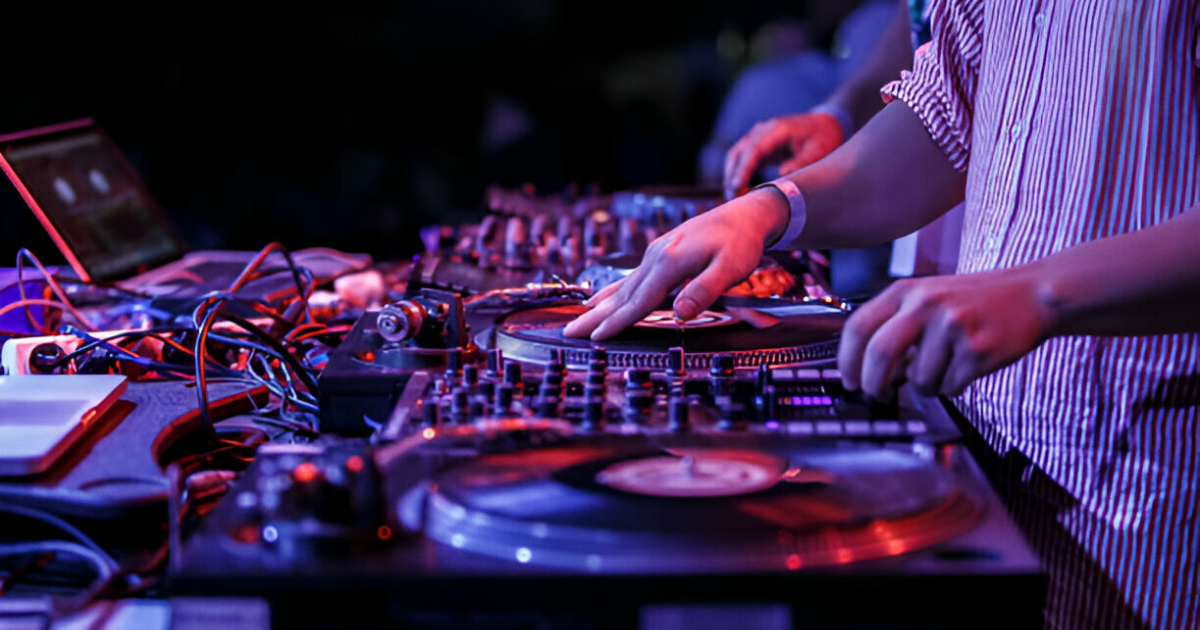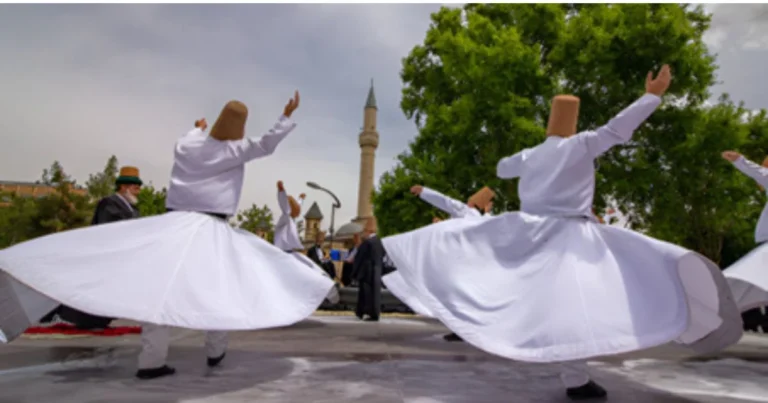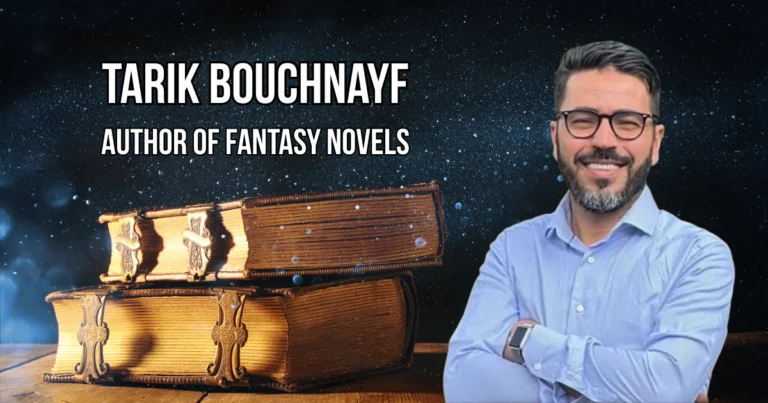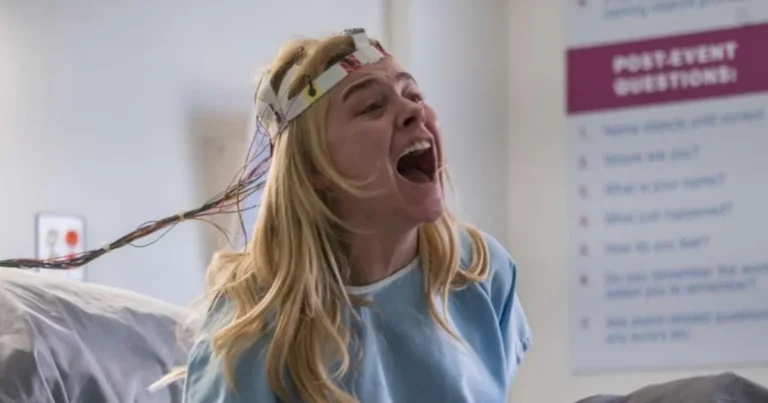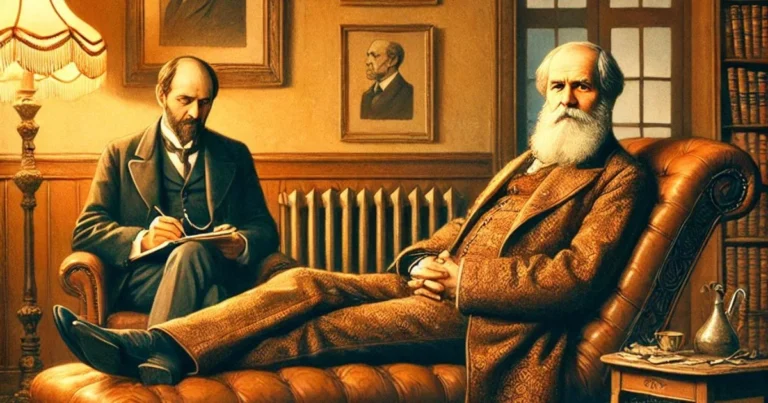Inside the freestyle mind: How rappers hack the brain’s creative circuits
In the world of rap, some artists possess the extraordinary ability to craft lyrics on the spot, spontaneous, impactful rhymes delivered with precision, all seamlessly riding an unforgiving beat. What may appear to be pure talent is, in fact, underpinned by remarkably complex brain mechanisms. Thanks to recent advances in neuroscience, we can now better understand how rappers manage to improvise under pressure, blending language, memory, motor coordination, and spontaneous creativity into one fluid act.
Rap duel: The high-stakes art of verbal combat
On stage, improvisation becomes a matter of survival. In 8 Mile, the film inspired by Eminem’s early life, we witness an iconic scene where his character, B-Rabbit, flips the script during a live rap battle, captivating a raucous crowd. The scene has it all: piercing gazes, rising tension, the silence before the lyrical storm. In just a few minutes, hostility turns into admiration, not thanks to rehearsed verses, but through the mastery of real-time improvisation.
Rap battles like those in 8 Mile are far more than musical duels. They are verbal jousts where every line can be a sharp jab or a clever defense, and rhythm serves as both constraint and weapon. The goal: to dominate the sonic space, assert one’s presence, and most importantly, command the audience’s attention.
The atmosphere is often dense, almost electric. A tight crowd surrounds the performers, charged with palpable tension. At the center, a DJ sets the rhythmic foundation, a continuous instrumental loop demanding strict tempo adherence. The rappers face off, often just inches apart, eyes locked, exchanging razor-sharp rhymes amid cheers and shouts from the crowd.
These face-offs typically unfold in rounds. Each participant has a limited time, usually 30 seconds to a minute, to deliver their verse. The aim isn’t just to rhyme, but to strike hard with originality, humor, or bite. While some artists may rely on pre-set phrases or structures, the essence of freestyle lies in pure improvisation, the ability to respond in real time to a word, a gesture, or a glance.
Top-tier freestylers shine through active listening, anticipating comebacks, and generating responses that align with both the rhythm and the meaning. This requires intense concentration, with multiple cognitive functions firing simultaneously: processing the opponent’s words, planning a reply, keeping pace, and aligning body language. A true feat, choreographed by the brain in mere milliseconds.
Unlocking flow: What the brain does during freestyle
Improvisation is far from random. Behind every effortlessly delivered word and split-second rhyme lies a complex interplay of brain regions. In a landmark 2012 study conducted at Johns Hopkins University, researchers Siyuan Liu and Charles Limb used functional MRI to observe the brains of rappers in the act of freestyling. They uncovered a fascinating phenomenon: a deactivation of the medial prefrontal cortex, an area typically associated with self-monitoring, doubt, and internal critique. This downregulation lifts the burden of self-censorship, enabling a freer flow of creative content.
At the same time, researchers observed increased activity in the dorsolateral prefrontal cortex, a region linked to generating new ideas and planning complex actions. It’s this unique neural combination, less inhibition, more creation, that allows rappers to enter a “flow state,” where words appear to pour out effortlessly, as if guided by an inner voice.
This brain pattern isn’t unique to rap. A 2018 review by neuroscientist Psyche Loui on musical improvisation found similar results among jazz musicians. Once again, improvisation relies on the interplay between motor, auditory, and prefrontal areas, with enhanced connectivity across these networks. These findings confirm that improvisation, whatever the medium, engages specialized brain systems capable of balancing spontaneous creativity with technical control.
Freestyle rap, then, isn’t just raw talent or chaotic expression. It’s a finely tuned cerebral process, where certain regions are momentarily dialed down to let others shine. This neural dynamic fosters a form of creative freedom that is anything but random. However, to achieve such finesse, the brain must do more than generate ideas, it must manage timing, maintain verbal coherence, and draw on real-time memory. It is within this layered complexity that the cognitive richness of freestyle emerges.
Mind on the mic: The neural dance of rap flow
Improvisation may seem like spur-of-the-moment invention, but it’s never arbitrary. For a rhyme to hit its mark, for a punchline to land, the brain must meet a series of simultaneous demands. The rapper operates under a dual constraint: producing coherent speech while adhering to a rigid musical tempo. This requires seamless coordination across various brain regions, each fulfilling a specific role in this mental high-wire act.
At the core of this process lies verbal working memory, which plays a crucial role. It enables the rapper to hold recent lines in mind while anticipating what comes next. Rhymes aren’t pulled from thin air, they’re planned seconds in advance, then adapted in real time based on the context. This mental juggling depends heavily on the dorsolateral prefrontal cortex and parietal areas involved in manipulating verbal information on the fly.
But improvisation isn’t just about language. The rapper must also synchronize lyrics with the beat, integrating auditory cues from the instrumental track. This engages the superior temporal gyrus, key for analyzing complex sounds, and the motor cortex, responsible for planning speech movements. In short, the rapper’s brain predicts the rhythm, adjusts speech timing, and orchestrates the mouth and facial muscles to deliver each word right on cue.
Electroencephalography (EEG) studies have shown that this auditory-motor synchronization hinges on dynamic connectivity between frontal and temporal lobes. For instance, Grahn and Rowe (2009) found that experienced musicians demonstrate stronger interactions between these regions, enhancing their rhythmic perception and production. Among seasoned freestyle rappers, this coordination becomes faster and more efficient, supporting their ability to respond instantly while maintaining impressive rhythmic consistency.
Improvising a freestyle, then, is a form of complex mental gymnastics, where the brain must listen, process, plan, and execute, all within a strict sonic framework. Far from being chaotic, this cognitive challenge reveals a highly organized and effective deployment of neural functions.
The flow state: When creativity takes over
When a rapper delivers lines effortlessly, with rhythm and momentum, it signals entry into what psychologists call the “flow state.” First described by Mihaly Csikszentmihalyi, this state is characterized by complete immersion in an activity, where time seems to vanish, movements become automatic, and focus reaches its peak.
The aforementioned study by Liu and Limb captured this very phenomenon. During improvisation, rappers displayed enhanced neural coherence between regions involved in motor planning and language, enabling them to maintain fluid rhythm while generating novel content.
Flow is more than technical proficiency, it’s a deeply subjective experience. Artists often describe a sense of merging with the music, as if the words come to them unbidden. This letting go is not a loss of control, but rather the expression of deeply integrated mastery, where brain and body function in harmony.
Additional research has linked flow states to the release of dopamine, a neurotransmitter central to pleasure and motivation. This may explain the euphoria often reported after a successful freestyle session, reinforcing the desire to return to that exhilarating creative peak.
Before the beat: Ancient traditions of freestyle expression
Although freestyle rap is often seen as a modern art form, it fits within a long-standing human tradition where spontaneous verbal expression holds a central place. Long before today’s rap battles, orators across cultures captivated audiences with their real-time linguistic prowess.
In ancient Arab markets, poets would improvise verses on the spot, souks serving as both trading hubs and stages for poetic duels. These contests, known as naqā’id, demanded rapid-fire comebacks and clever twists of the opponent’s lines, all while adhering to the strict rules of Arabic meter. Honor and reputation were won in these verbal clashes, just as they are in modern rap battles. Similar traditions exist among West African griots, who fused storytelling, music, and improvisation to preserve and transmit collective history. In medieval Europe, troubadours and trouvères composed verses on the fly, often in response to poetic challenges.
These traditions reveal something universal: a deep-rooted admiration for those who can charm, persuade, and dominate through words alone. While the forms and rhythms have evolved, the art of verbal improvisation taps into something essential in human nature.
Freestyle rap, with its intensity, rhythm, and dazzling creativity, is the modern heir to these ancient practices. What sets it apart today is the light that neuroscience casts upon it, revealing that behind every improvised rhyme lies an invisible score, orchestrated by a brain in motion, capable of unleashing entire worlds of words, images, and emotions in just a few seconds.
References
Csikszentmihalyi, M. (1990). Flow: The Psychology of Optimal Experience. New York: Harper & Row.
Grahn, J. A., & Rowe, J. B. (2009). Feeling the beat: Premotor and striatal interactions in musicians and nonmusicians during beat perception. Journal of Neuroscience, 29(23), 7540–7548.
Limb, C. J., & Braun, A. R. (2008). Neural substrates of spontaneous musical performance: an FMRI study of jazz improvisation. PloS one, 3(2), e1679.
Beaty R. E. (2015). The neuroscience of musical improvisation. Neuroscience and biobehavioral reviews, 51, 108–117.

Amine Lahhab
Television Director
Master’s Degree in Directing, École Supérieure de l’Audiovisuel (ESAV), University of Toulouse
Bachelor’s Degree in History, Hassan II University, Casablanca
DEUG in Philosophy, Hassan II University, Casablanca

